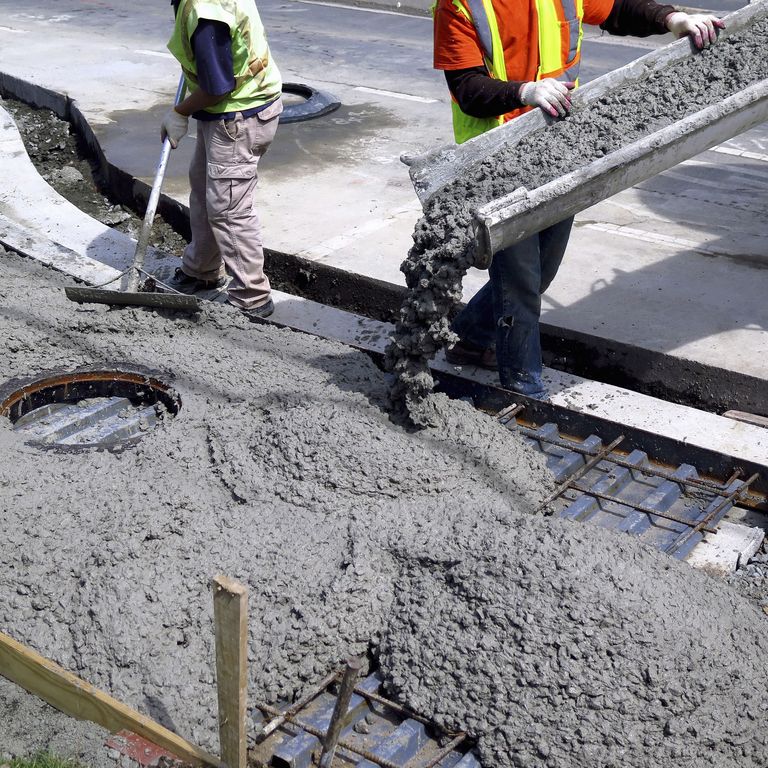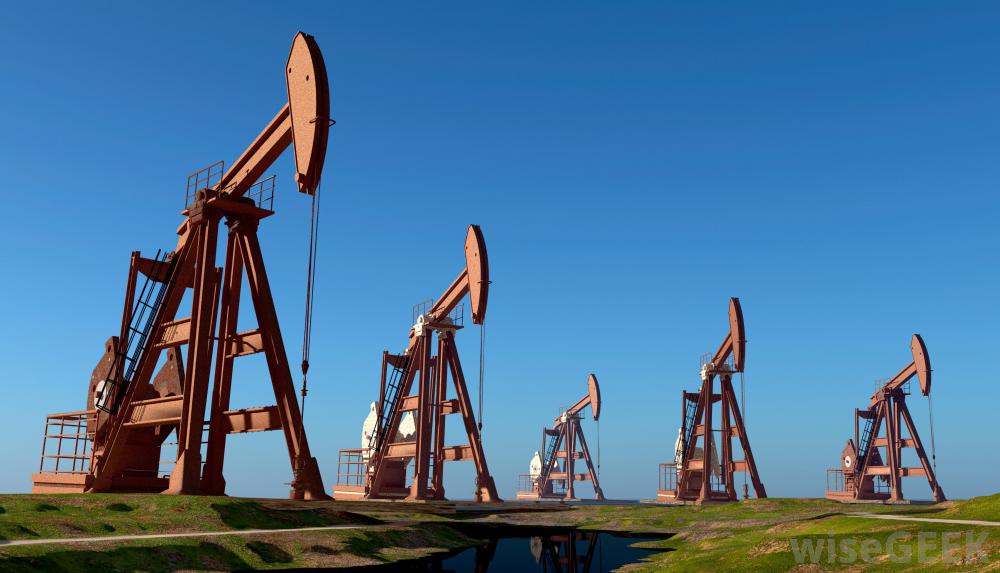admin
-

Hydroxypropyl Methyl Cellulose Function to Construction Admixture
.
Anti-dispersibility is an important measure of the quality of anti-dispersant. HPMC is a water-soluble polymer compound, also known as water-soluble resin or water-soluble polymer, by increasing the viscosity of…
-

Hydroxypropyl Methyl Cellulose Production Process
.
The base cellulose is first prepared and then reacted with an etherifying agent And the remaining base, the product is isolated and purified, dried and pulverized to obtain the…
-

Sodium Carboxymethyl Cellulose Used in Oil and Gas Drilling
.
A drilling-fluid additive used primarily for fluid-loss control, manufactured by reacting natural cellulose with monochloroacetic acid and sodium hydroxide[NaOH] to form CMC sodium salt. Up to 20 wt %…
-

Sodium Carboxymethyl Cellulose Used in Ceramics
.
1.act as the binder and play a bonding role. It can increase the strength of raw glaze, reduce the drying shrinkage of glaze, make the green body and the…
-

sodium carboxymethyl cellulose pharmaceutical uses
.
Sodium Carboxymethyl cellulose appears as white, fibrous, free-flowing powder, and is used commonly as an FDA-approved disintegrant in pharmaceutical manufacturing. Disintegrants facilitate the breakup of a tablet in the…
-

Sodium Carboxymethy Cellulose Used in Food Industry
.
FAO and WHO have agreed to use pure sodium carboxymethylcellulose sodium cc for food, which is subject to very stringent biology, toxicology research and experimental consent, the international standard…
